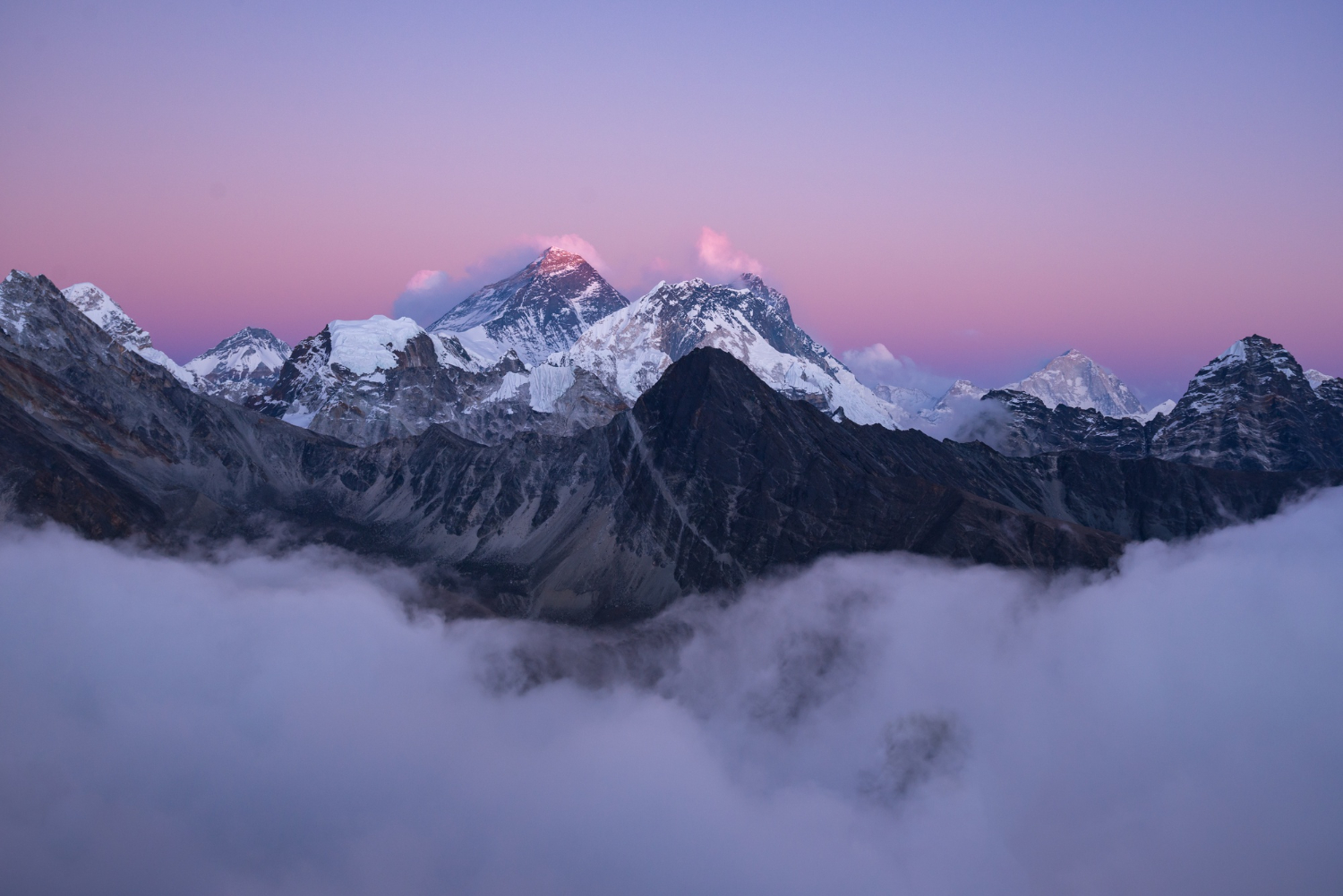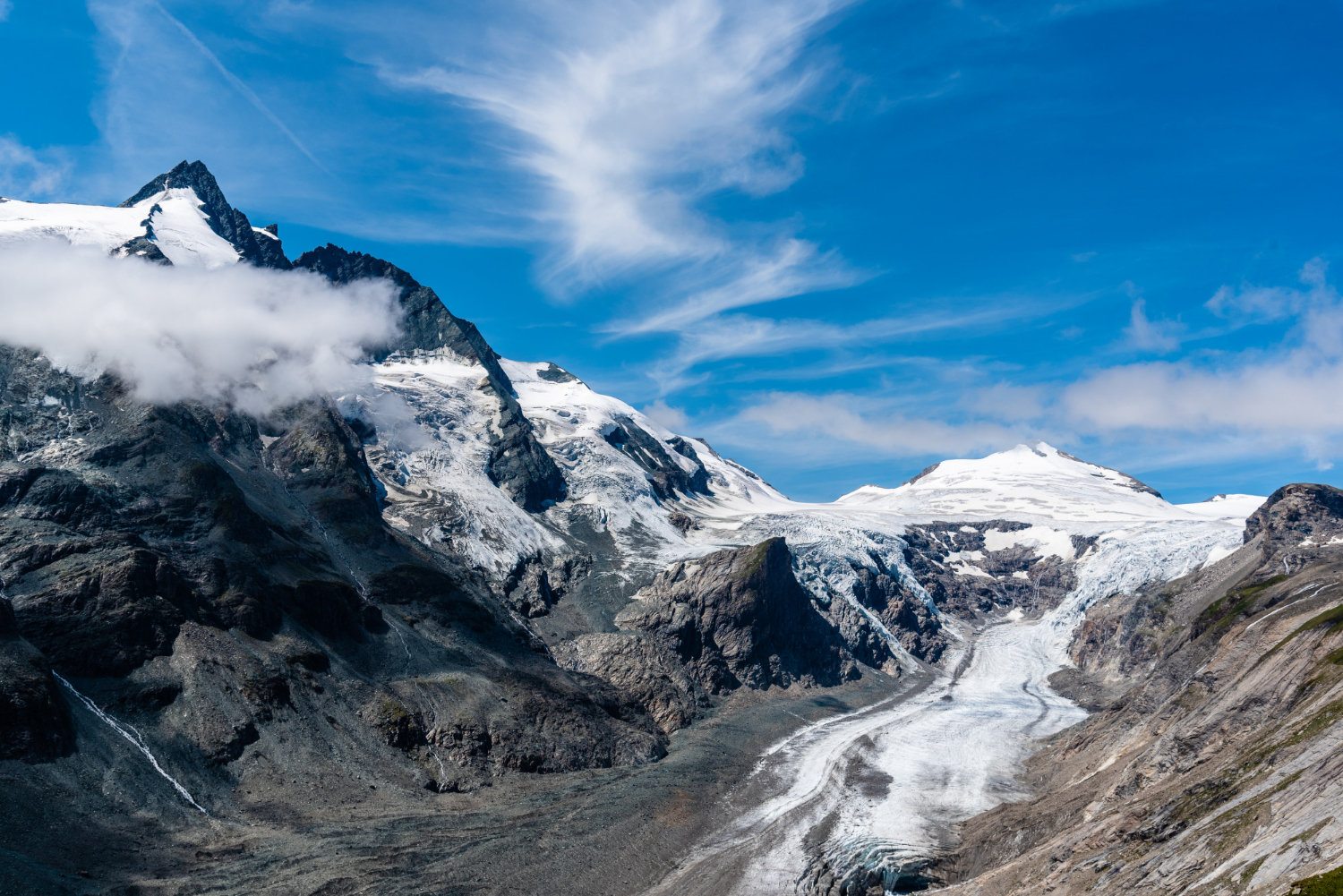Table of Content
The Himalayas, often referred to as the “roof of the world,” are one of the most awe-inspiring mountain ranges on Earth. Spanning five countries—India, Nepal, Bhutan, China, and Pakistan—this majestic mountain range is home to some of the highest peaks, including Mount Everest. But aside from its towering heights and breathtaking landscapes, one of the most fascinating aspects of the Himalayas is its extreme and variable climate. Understanding the Himalayas temperature is key to appreciating the diversity of life, landscapes, and experiences in this region.
The Broad Climate Range of the Himalayas
The Himalayas temperature varies significantly depending on several factors such as altitude, geographical location, and time of year. In general, the higher the altitude, the colder the climate. The mountain range itself stretches across various latitudes and longitudes, creating diverse microclimates. The Himalayas experience everything from tropical conditions at lower elevations to alpine and tundra climates at higher altitudes.
The Himalayas temperature is influenced by the Indian monsoon system, which brings heavy rainfall to the southern slopes during the summer months (June to September). However, the northern slopes, located in the rain shadow region, receive much less rainfall and tend to be drier and cooler. Winters in the Himalayas can be harsh and unforgiving, especially in the higher reaches where temperatures can drop to extreme lows.
Average Temperature by Region and Elevation
The average Himalayas temperature depends heavily on the elevation. The mountain range can be divided into three major climatic zones: the foothills, the mid-range altitudes, and the high-altitude zones. Each of these zones experiences significantly different temperature patterns.
- Foothills (Below 1,500 meters or 4,900 feet)
The foothills of the Himalayas are the warmest part of the range, with climates that are often described as subtropical. Regions like the Shivalik Hills and the lower valleys of Nepal, India, and Bhutan fall into this zone. The Himalayas temperature here can be quite mild and pleasant for most of the year.
- Summer (March to May): The average Himalayas temperature in the foothills during summer can range from 15°C to 30°C (59°F to 86°F). This is also the time when these regions experience heavy rainfall due to the monsoon, which cools the air and brings lush greenery to the landscape.
- Winter (December to February): During winter, temperatures in the foothills drop to between 5°C and 15°C (41°F to 59°F). Snowfall is rare in the lower regions, but cold waves can bring chilly conditions.
- Mid-Range Altitudes (1,500 to 3,500 meters or 4,900 to 11,500 feet)
The mid-altitudes of the Himalayas include popular trekking destinations like Manali, Shimla, and Darjeeling. The Himalayas temperature in these regions is characterized by cool summers and cold winters, making them popular destinations for tourists looking to escape the summer heat of the plains.
- Summer: The average Himalayas temperature during the summer in this zone ranges from 10°C to 25°C (50°F to 77°F), offering a refreshing climate compared to the warmer lowlands. This is the peak tourist season for trekking and other outdoor activities.
- Winter: Winters can be quite cold, with temperatures ranging between -2°C and 8°C (28°F to 46°F). Snowfall is common in many areas, especially at higher elevations, turning the landscape into a winter wonderland.
- High-Altitude Zones (Above 3,500 meters or 11,500 feet)
At these extreme elevations, the Himalayas temperature becomes significantly colder and more challenging for human habitation. This zone includes famous peaks like Mount Everest and Kanchenjunga, as well as high-altitude plateaus in regions such as Ladakh and the upper reaches of Nepal.
- Summer: Even in summer, the Himalayas temperature in high-altitude zones remains cold, with daytime temperatures ranging from 5°C to 15°C (41°F to 59°F), while nighttime temperatures can drop to freezing or below. Trekking and mountaineering expeditions in these regions are most popular during the warmer months when conditions are less harsh.
- Winter: Winters at these altitudes are severe, with temperatures plummeting to as low as -20°C to -40°C (-4°F to -40°F). At night, the Himalayas temperature can drop even further, creating dangerous conditions for those unaccustomed to the cold. Snowfall is abundant, and some areas are completely cut off due to heavy snow and avalanches.

The Influence of Altitude on Himalayas Temperature
Altitude is the most critical factor that determines the Himalayas temperature. For every 1,000 meters (3,280 feet) increase in altitude, the temperature typically drops by about 6.5°C (11.7°F). This means that as you ascend from the foothills to the high-altitude zones, the temperature becomes progressively colder.
At elevations above 5,000 meters (16,404 feet), the Himalayas temperature remains below freezing for most of the year. Even during the summer months, temperatures rarely rise above freezing at night, and the air becomes thin and dry. The extreme cold, combined with reduced oxygen levels at these heights, makes life and travel challenging in these areas.
Seasonal Variation in Himalayas Temperature
The Himalayas temperature also varies significantly with the seasons. The three main seasons experienced in the Himalayas are:
- Summer (June to September)
During the summer, the southern slopes of the Himalayas receive heavy rainfall due to the southwest monsoon. The Himalayas temperature in the foothills and mid-altitudes is relatively warm and pleasant, making it an ideal time for trekking and other outdoor activities. However, the higher regions remain cool, and temperatures often stay below freezing at night.
- Autumn (October to November)
Autumn is considered one of the best times to visit the Himalayas. The monsoon rains have receded, leaving behind clear skies and pleasant temperatures. The Himalayas temperature during autumn is cool but comfortable, ranging from 10°C to 25°C (50°F to 77°F) in the mid-altitude regions. This is the peak season for trekking and mountaineering, as the weather is stable, and the landscape is lush and vibrant.
- Winter (December to February)
Winter brings harsh cold to the Himalayas, especially in the higher altitudes. The Himalayas temperature in the lower elevations drops to around 5°C (41°F), while higher regions experience extreme cold with temperatures as low as -40°C (-40°F). Snowfall is common, and many areas become inaccessible due to heavy snow accumulation. Winter sports, like skiing, are popular in some regions like Gulmarg, but the cold deters most trekkers and adventurers from venturing into the mountains during this season.
- Spring (March to May)
Spring is another popular season for visiting the Himalayas. The Himalayas temperature starts to rise, and the snow begins to melt, revealing the vibrant landscapes beneath. Temperatures in the foothills and mid-altitude regions are mild, ranging from 15°C to 25°C (59°F to 77°F), while higher regions remain cool but more accessible. Spring is a time of renewal in the Himalayas, with flowers blooming and wildlife reemerging from winter hibernation.

How Himalayas Temperature Affects the Ecosystem
The Himalayas temperature plays a vital role in shaping the region’s unique ecosystems. From the subtropical forests of the foothills to the alpine tundra of the higher elevations, the flora and fauna of the Himalayas have adapted to the wide range of temperatures.
In the lower altitudes, the relatively mild Himalayas temperature supports dense forests, which are home to a diverse array of wildlife, including leopards, monkeys, and various bird species. As you ascend into the higher regions, the vegetation becomes sparser, and animals like snow leopards, yaks, and the Himalayan tahr have adapted to survive in the cold, harsh conditions.
The extreme Himalayas temperature at higher altitudes also creates a unique environment for glaciers. The Himalayan glaciers are among the largest in the world outside the polar regions and serve as vital sources of freshwater for millions of people in South Asia. However, rising global temperatures due to climate change are causing these glaciers to melt at an alarming rate, which could have devastating consequences for the region’s water supply and ecosystems.
Conclusion
The Himalayas temperature is as varied and dynamic as the landscape itself. From the warm, subtropical climate of the foothills to the freezing, inhospitable conditions of the high-altitude zones, the Himalayas offer a wide range of temperatures that shape the region’s weather, ecosystems, and human activities. Understanding the Himalayas temperature not only helps in appreciating the beauty and diversity of this iconic mountain range but also highlights the challenges faced by those who live and travel in these extreme conditions.

Leave a Reply